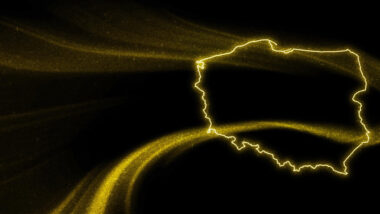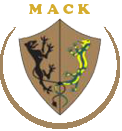 In the heart of the Sahara, where the sand yields to wind-sculpted stone and the horizon remains mute like an ancient vault, lies one of the least understood geological enigmas of our time — the gold of Chad. Rarely mentioned in traditional mining reports, this Central African nation has recently begun to draw the attention of geological consortiums, independent surveyors, and future-focused mining funds. Why?
In the heart of the Sahara, where the sand yields to wind-sculpted stone and the horizon remains mute like an ancient vault, lies one of the least understood geological enigmas of our time — the gold of Chad. Rarely mentioned in traditional mining reports, this Central African nation has recently begun to draw the attention of geological consortiums, independent surveyors, and future-focused mining funds. Why?
Where Infrastructure Is Absent, Opportunity Is Real
Northern Chad, particularly the regions of Tibesti and Borkou, resembles pre-industrial Alaska more than a modern mining landscape. Tents, helicopters, makeshift drill rigs, and hand-drawn maps dominate the terrain. There are no railroads, no container ports, no asphalt — and, consequently, no saturated corporate competition. It is the kind of absence that often precedes transformation.
A Geology Carved in Deep Time
According to independent geological surveys (Geological Society of London, 2022; Mining Journal Africa, 2024), the sedimentary and metamorphic zones of Tibesti exhibit gold concentrations ranging from 3.6 to 5.1 grams per tonne, particularly in quartz veins and altered volcanic formations. These findings are echoed by satellite-based geo-imaging and by reports from small-scale artisanal miners operating under informal conditions.
Artisanal Mining as a Mirror of Viability
From 2013 to 2023, waves of unregulated mining surged across Chad’s northern borderlands, especially near Kouri Bougoudi, close to Libya. Despite government crackdowns, tens of thousands of informal miners entered the region, driven not by speculation but by tangible returns. French analysts at Les Mines du Désert estimate that these hand-dug operations reached an annual peak of 200 kilograms of gold, with no industrial support or on-site processing facilities.
Geopolitics and Risk: A Shadowed Equation
Chad remains politically fragile, yet it is increasingly central to broader geopolitical frameworks involving China, France, and the G5 Sahel. This volatility deters short-term investors — and simultaneously invites those seeking long-term strategic positioning. According to the World Bank Mining Program (2023), the Chadian government is finalizing a new legal framework for resource contracts, environmental accountability, and licensing transparency. In other words, the gates are slowly opening.
The Silence That Protects
The absence of infrastructure, the unpredictability of the regime, and a general lack of visibility make Chad appear inhospitable to serious mining development. But precisely this silence acts as a barrier to short-term noise — and a filter for those who think in decades, not quarters.
Chad is not merely a point on the map of Africa. It is a mineral frontier wrapped in silence, where gold waits behind the veil of distance.
